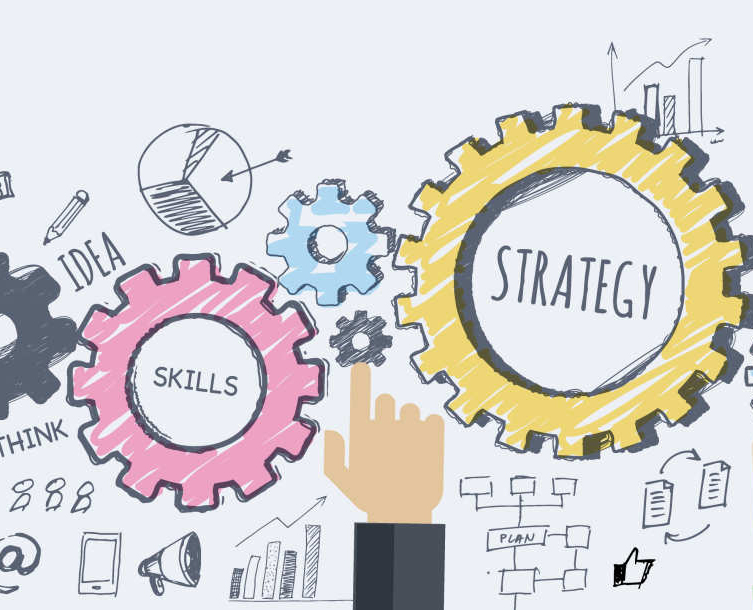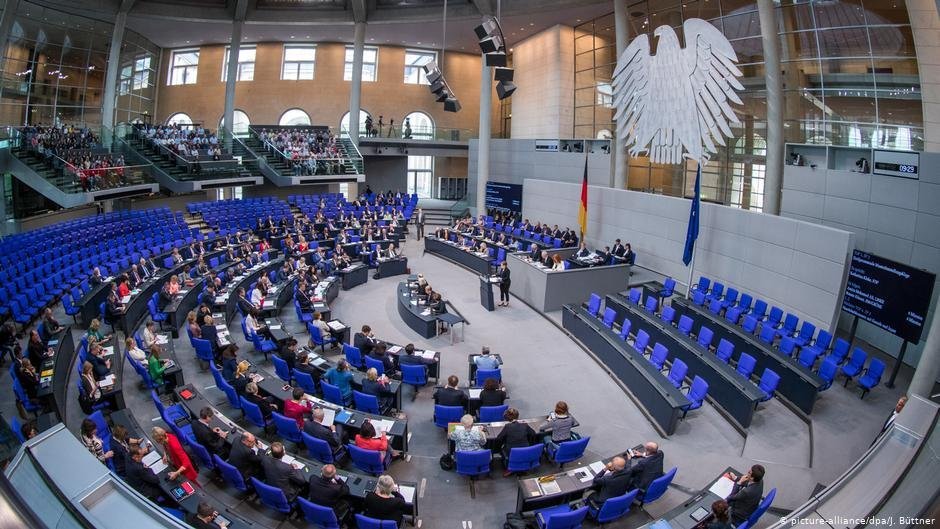Is Age Just A Number? A Look At Ageism And Its Impact

Table of Contents
The Psychological Impact of Ageism
Ageist attitudes significantly impact the mental well-being of older adults, leading to a decline in self-esteem and fostering feelings of isolation and loneliness. These negative psychological consequences often go unnoticed, yet are profoundly damaging.
Reduced Self-Esteem and Confidence
Ageist stereotypes, often perpetuated through media portrayals and societal expectations, contribute to diminished self-worth.
- Examples of ageist stereotypes affecting self-worth: The portrayal of older adults as frail, incompetent, or irrelevant. The assumption that older adults are technologically inept or unable to learn new skills. The pressure to conform to unrealistic beauty standards associated with youth.
- The link between ageism and depression/anxiety: Studies have shown a strong correlation between exposure to ageist attitudes and increased rates of depression and anxiety among older adults. This is because negative stereotypes internalized over time can lead to low self-esteem, feelings of worthlessness, and a sense of hopelessness.
- Strategies for combating negative self-perception: Practicing self-compassion, challenging negative thoughts, engaging in activities that promote self-esteem, seeking professional support from therapists specializing in geriatric psychology.
Social Isolation and Loneliness
Ageism often leads to social exclusion, leaving older adults feeling isolated and alone. This can be particularly damaging to mental health and overall well-being.
- Examples of ageist attitudes leading to social isolation: Exclusion from social events, assumptions about declining cognitive abilities leading to decreased social interactions, intentional or unintentional dismissal of opinions due to age.
- The importance of intergenerational connections: Fostering connections between different age groups is crucial in combating loneliness and promoting a sense of belonging. Intergenerational programs offer valuable opportunities for mutual learning and support.
- Strategies for combating loneliness in older adults: Encouraging participation in social activities, facilitating intergenerational interactions, promoting digital literacy to bridge communication gaps, and providing access to support networks and community resources.
The Economic Impact of Ageism
Ageism isn't just a psychological issue; it has significant economic ramifications, affecting employment opportunities and access to healthcare.
Employment Discrimination
Age discrimination in the workplace is a persistent problem, manifesting in various ways throughout the employment lifecycle.
- Statistics on age discrimination in hiring: Studies consistently reveal age bias in hiring practices, with older job applicants frequently overlooked in favor of younger candidates.
- Examples of ageist language used in job descriptions: Phrases like "energetic," "dynamic," or "recent graduate" can subtly exclude older, experienced workers.
- Legal protections against age discrimination: While laws exist in many countries to protect against age discrimination, enforcement can be challenging, and ageism continues to be a prevalent issue.
Healthcare Disparities
Ageism also negatively impacts access to quality healthcare, resulting in significant health disparities among older adults.
- Examples of age bias in medical decision-making: Older adults may be less likely to receive aggressive treatments or preventative care, based on ageist assumptions about their frailty or prognosis.
- Unequal access to preventative care: Older adults may face barriers to accessing preventative services, leading to increased health risks and higher healthcare costs in the long run.
- The impact of ageist stereotypes on treatment plans: Doctors' preconceived notions about aging can influence treatment decisions, potentially leading to suboptimal care for older patients.
Combating Ageism: Strategies for Change
Addressing ageism requires a multi-pronged approach, encompassing changes at the individual, community, and policy levels.
Promoting Intergenerational Relationships
Building bridges between generations is crucial in dismantling ageist attitudes and promoting mutual respect and understanding.
- Examples of successful intergenerational programs: Mentorship programs pairing older adults with younger individuals, intergenerational volunteering initiatives, shared learning experiences across age groups.
- The benefits of mentorship across age groups: Mentorship offers invaluable opportunities for skill-sharing, knowledge transfer, and the development of strong, supportive relationships.
- Ways to encourage cross-generational understanding: Facilitating intergenerational events, promoting intergenerational housing models, encouraging informal interactions between people of different age groups.
Challenging Ageist Stereotypes in Media and Culture
The media plays a powerful role in shaping perceptions of aging, and challenging ageist stereotypes in media representations is vital.
- Examples of ageist stereotypes in media: Portrayals of older adults as forgetful, grumpy, or asexual, lack of diverse representation of older adults in media.
- The power of positive representation: Showcasing older adults as active, engaged, and valuable members of society can counter negative stereotypes and foster more inclusive attitudes.
- Strategies for advocating for more inclusive media portrayals: Supporting media productions that portray older adults positively, calling out ageist depictions in media, advocating for diverse casting in film, television, and advertising.
Advocating for Legislation and Policy Changes
Strong legal frameworks are essential in protecting against age discrimination and promoting age-friendly environments.
- Examples of existing anti-discrimination laws: The Age Discrimination in Employment Act (ADEA) in the United States is one example of legislation aimed at protecting older workers from discrimination.
- Areas where further legal protections are needed: Many areas require stronger legal protection against age discrimination in healthcare, housing, and other areas of life.
- Advocacy strategies for improving policies: Supporting organizations advocating for stronger age discrimination laws, lobbying for policy changes, raising awareness of age discrimination issues through public campaigns.
Conclusion
Ageism's impact extends far beyond simple prejudice; it deeply affects the psychological well-being, economic opportunities, and social inclusion of older adults. Age is not simply a number; it's a multifaceted aspect of human experience that deserves respect and recognition. We must actively challenge ageist attitudes and behaviors in all aspects of life. This requires a collective effort, encompassing individual actions, community engagement, and policy reform. Let's commit to combating ageism, fostering intergenerational understanding, and building a society where every individual, regardless of age, feels valued, respected, and empowered. Join the fight against ageism and help create a more inclusive and equitable future for all.

Featured Posts
-
 Boxeo En Saltillo Impulsando La Transformacion A Traves Del Deporte
May 01, 2025
Boxeo En Saltillo Impulsando La Transformacion A Traves Del Deporte
May 01, 2025 -
 Viewers Question Dragons Den After Aired Repeat Of Old Episode
May 01, 2025
Viewers Question Dragons Den After Aired Repeat Of Old Episode
May 01, 2025 -
 Spds Unexpected Shift A Supporting Player In The New German Government
May 01, 2025
Spds Unexpected Shift A Supporting Player In The New German Government
May 01, 2025 -
 Watch Out For Fake Steven Bartlett Videos Protecting Yourself From Scams
May 01, 2025
Watch Out For Fake Steven Bartlett Videos Protecting Yourself From Scams
May 01, 2025 -
 Stuttgart Ta Atff Alt Yapi Secmelerine Katilin
May 01, 2025
Stuttgart Ta Atff Alt Yapi Secmelerine Katilin
May 01, 2025
